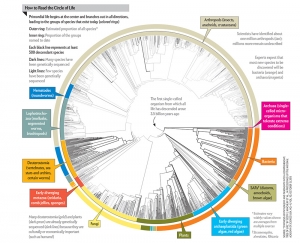Selling ourselves
We have succumb to the future foretold in the science fiction movies. Not the one in which we explore strange, new worlds and seek out new civilizations, but the one in which advertising agencies know our likes and dislikes, what we eat for breakfast and how we spend our weekends. Product manufacturers predict what we do or do not prefer, and advise us as to what to purchase, when perhaps we need not purchase anything at all.
We are so completely inundated with advertising that like the audible noise of a near-by highway or car alarms on a windy day, we are expected to just ignore it, despite the fact that it carves at our very soul.
What’s worse, we celebrate the programmers and algorithms they deploy. We uphold the accuracy of their ability to track our behaviour, thereby welcoming the invasion of our privacy. Our sense of security is undermined and we call it a technological breakthrough.
For how long will this pyramid scheme continue? For how many years will we accept the bombardment of our senses as a necessary norm?


